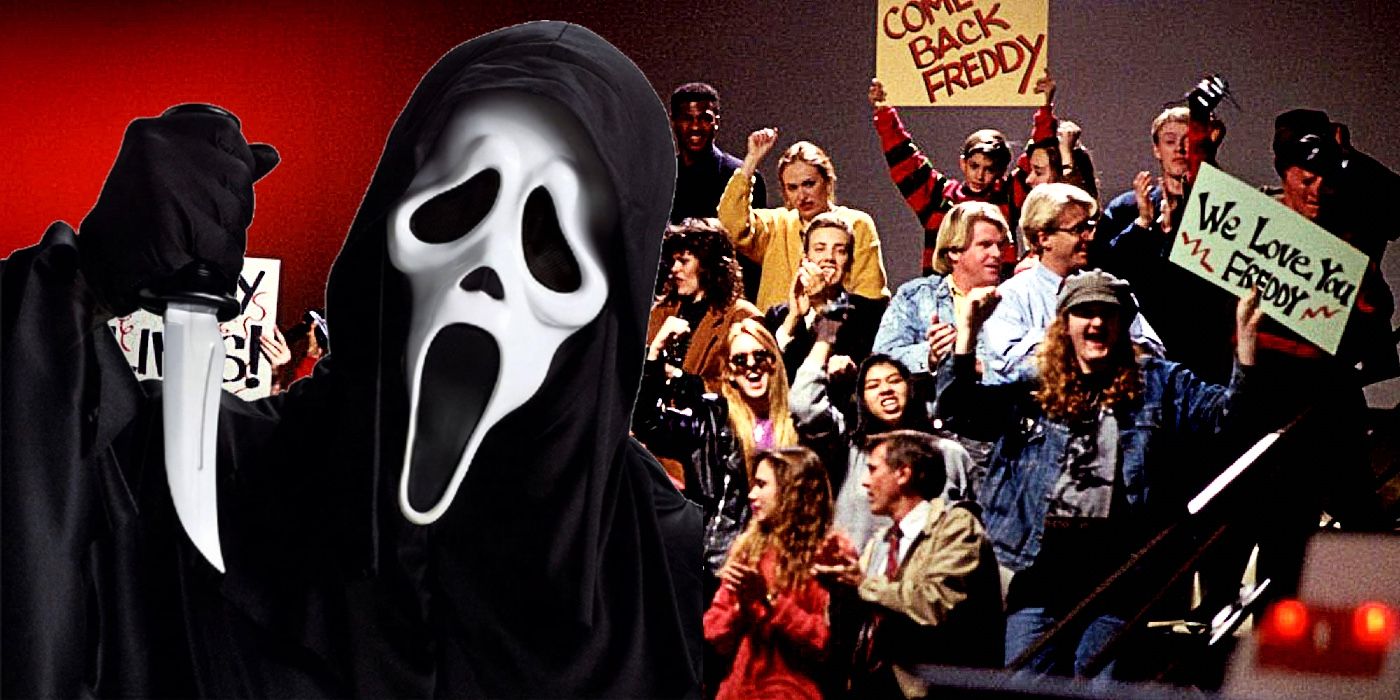
1994’s A Nightmare On Elm Street sequel New Nightmare and 1996’s Scream were both critically acclaimed meta-slashers from horror icon Wes Craven, so why did the former flop while the latter was a huge box office success? Beginning with the controversial rape-revenge horror Last House On The Left in 1972, Freddy Krueger creator Wes Craven had one of the most impressive and storied careers in American horror cinema history.
From the “suburbanites versus mountain men” horror of The Hills Have Eyes to the blackly comic anti-Reagan horror satire of The People Under The Stairs, Craven’s directorial output was matched only by the likes of Halloween’s John Carpenter and The Fly’s David Cronenberg in terms of influence and enduring appeal. But the paranormal dream demon slasher A Nightmare On Elm Street and the witty, self-referential slasher Scream quadrilogy was Craven’s most fondly-remembered and critically well-loved creations.
The original A Nightmare On Elm Street saw Craven reignite the ailing public interest in the tired slasher sub-genre, which by the mid-‘80s had become overpopulated by wordless Jason Voorhees clones with masks, machetes, and little to distinguish them from one another. The unforgettably creepy Freddy Krueger and Craven’s addition of fantastical elements to the slasher formula led A Nightmare On Elm Street to become a runaway success, so naturally, fans were excited when the director returned to the series in 1994. The resulting meta-slasher Wes Craven’s New Nightmare was a hit with critics but fell comparatively flat with audiences, only for Craven’s subsequent meta-slasher Scream to become a huge hit a mere two years later upon its 1996 release. So what changed in the intervening time that made Scream so appealing and New Nightmare such an un-involving prospect for cinema-goers? Numerous elements contributed to the disparity between their respective performances, but the characters, setting, and story structure all played a big part.
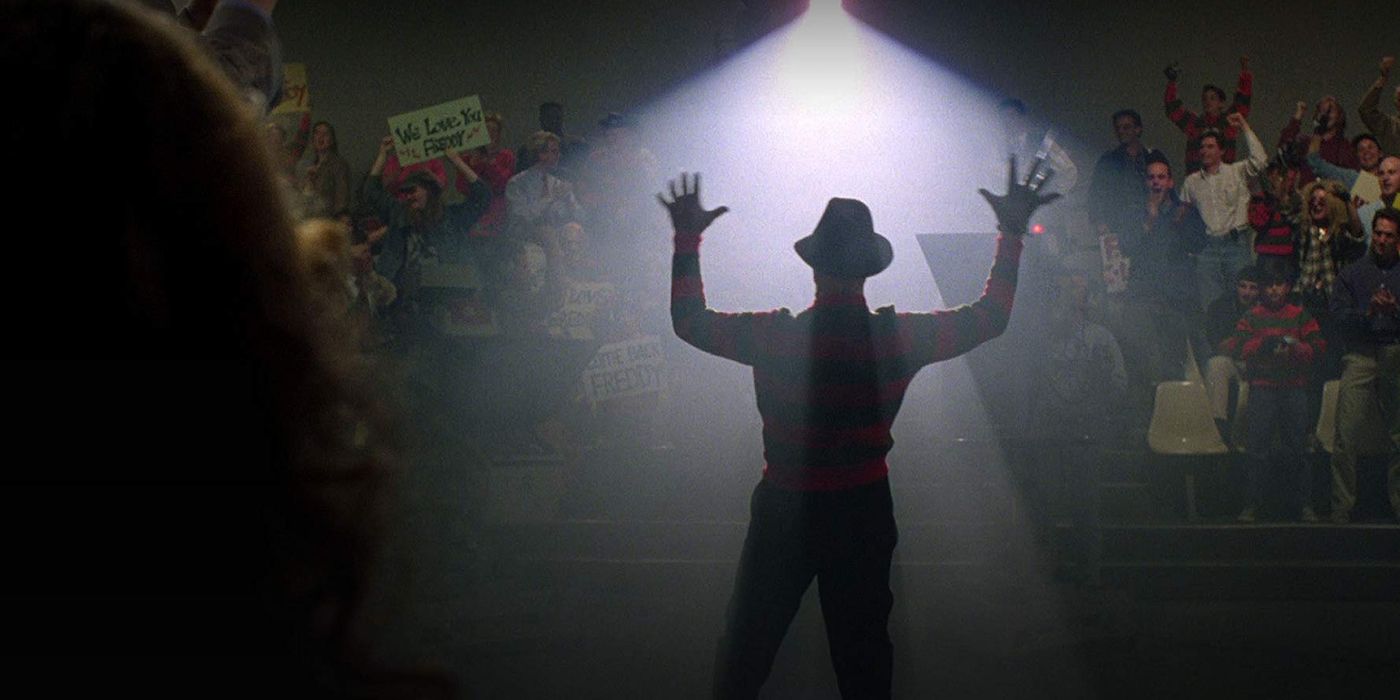
New Nightmare grossed a more-than-respectable $19 million at the box office upon release, earning back more than double its $8 million budget. However, despite this solid showing, New Nightmare’s box office was nonetheless the worst performance by a film in the A Nightmare On Elm Street franchise thus far, with it coming in lower than the previous worst performer A Nightmare On Elm Street 5: The Dream Child. Ever self-aware, Craven himself admitted that New Nightmare may not have been an appealing prospect for viewers as the movie’s characters (whose cast consisted of movie producers, professional actors, and industry insiders) simply weren’t as relatable as the witty small-town teens of Scream. As if to prove this point, Craven’s later Scream sequel Scream 3 proved the weakest installment of its quadrilogy and was also the only film in the series to focus its plot in Hollywood instead of a small-town setting like Springwood or Woodsboro, where the return-to-form sequel Scream 4 returned.
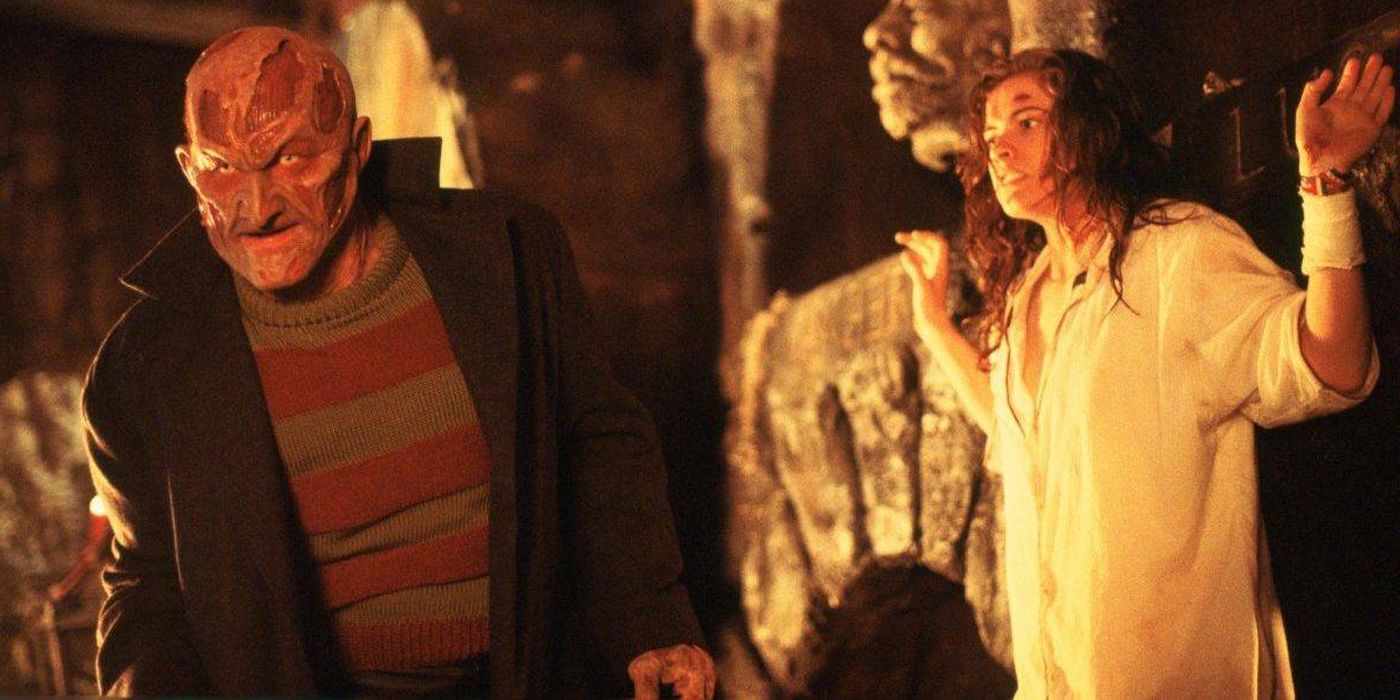
Mainstream audiences who would later love the likes of Cabin in the Woods weren’t yet ready for a slasher that knew it was a slasher, and a movie in the A Nightmare On Elm Street series that featured real-life actors Robert Englund and Heather Langenkamp playing themselves was seen as a little too self-referential to be scary in 1994. There’s no denying that Scream was also full of clever meta-humor, in-jokes, and commentary on horror tropes, but unlike New Nightmare and later meta-slasher such as You Might Be The Killer, Scream’s simple screenplay structure ensured that the movie also functioned as a tense, gory psychological thriller for any viewers who weren’t interested in the inner machinations of what makes the horror genre work onscreen. New Nightmare, however, relied on viewers knowing and caring about Hollywood horror history for its plot, and not just its jokes, to make sense.
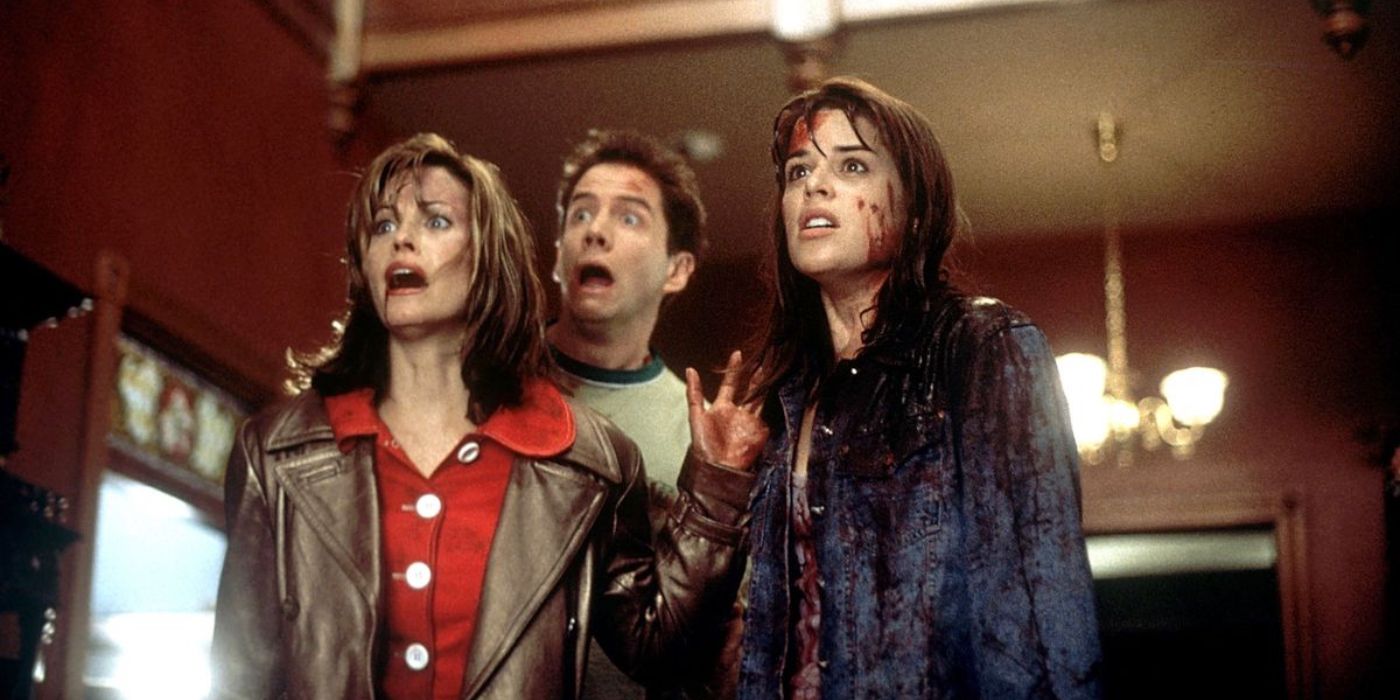
Speaking of Heather Langenkamp and Robert Englund, the actors might be a pair of appealing performers and even Craven himself wrung plenty of wry laughs out of the self-parody performance he offered in New Nightmare. But New Nightmare’s cast couldn’t compare to the still-incredible lineup offered by Scream, with Neve Campbell, David Arquette, Rose McGowan, Skeet Ulrich, and Matthew Lillard all progressing from relative unknown status to stardom on the slasher’s back. Once again, viewers who didn’t notice horror geek details like Wes Craven’s cameo dressed as Freddy Krueger were still able to enjoy a string of superb turns from an entire generation of talented newcomers, not to mention the fact that their Scream co-stars Drew Barrymore, Henry Winkler, and Courtney Cox were all already independently famous and popular at the time of the movie’s release. This cast further strengthened Scream’s broad appeal where New Nightmare hoped to pull in audiences through cleverness and nostalgia alone.
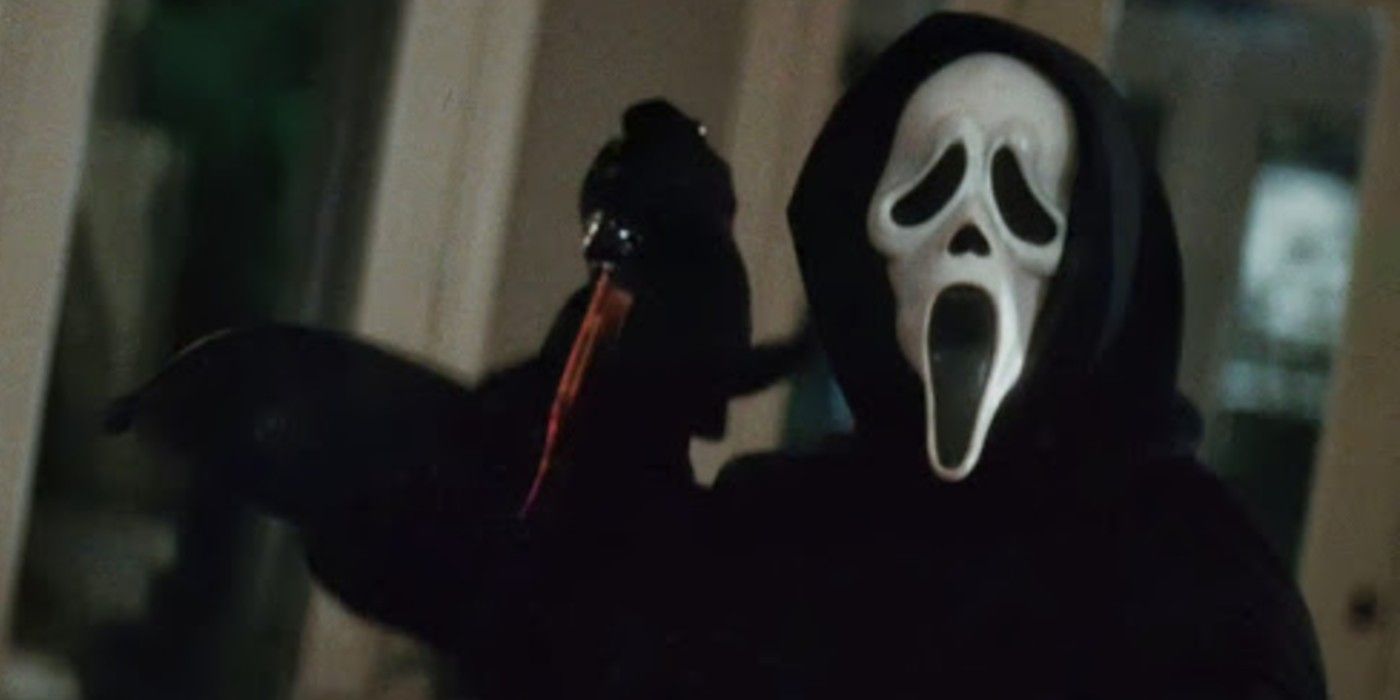
With the fantastical premise of New Nightmare being as complicated as it is (in essence, New Nightmare's evil Entity takes the form of whatever the predominant cultural fear is at the time of its awakening, meaning it turns into Freddy Krueger and starts picking off the creators who are responsible for making the slasher less scary in later A Nightmare On Elm Street sequels), it’s difficult to sell the clever story in a straightforward trailer. In stark contrast, from its still-shocking opening sequence through to the twisty (but crucially not overcooked) finale, Scream is a strong whodunit whose fast-paced screenplay from I Know What You Did Last Summer scribe Kevin Williamson offers more guesswork than the comparatively slow (if wittily meta) New Nightmare.
As such, New Nightmare was saddled with an ingenious premise that was at first tough to explain (he’s Freddy, but not really), and a relatively predicable-once-established plot (essentially, Langenkamp’s character still must find a way to defeat Freddy before he hunts down her and her loved ones in her dreams, in a meta-remake of the first A Nightmare On Elm Street movie). In comparison, Scream’s story was an easy sell (small-town teens terrorized by a mysterious masked murderer) but offered numerous red herrings, twists, clever misdirections, and ingenious shocks to keep viewers hooked. As Scream was an easier film to pitch to mainstream audiences, the Kevin Williamson-scripted slasher managed to sell a meta-horror to the masses, but because Craven’s vision was complex, satirical, and thoughtful, New Nightmare failed to find the same success among the Friday night casual viewing crowd.
from ScreenRant - Feed https://ift.tt/3daZniH


0 Comments